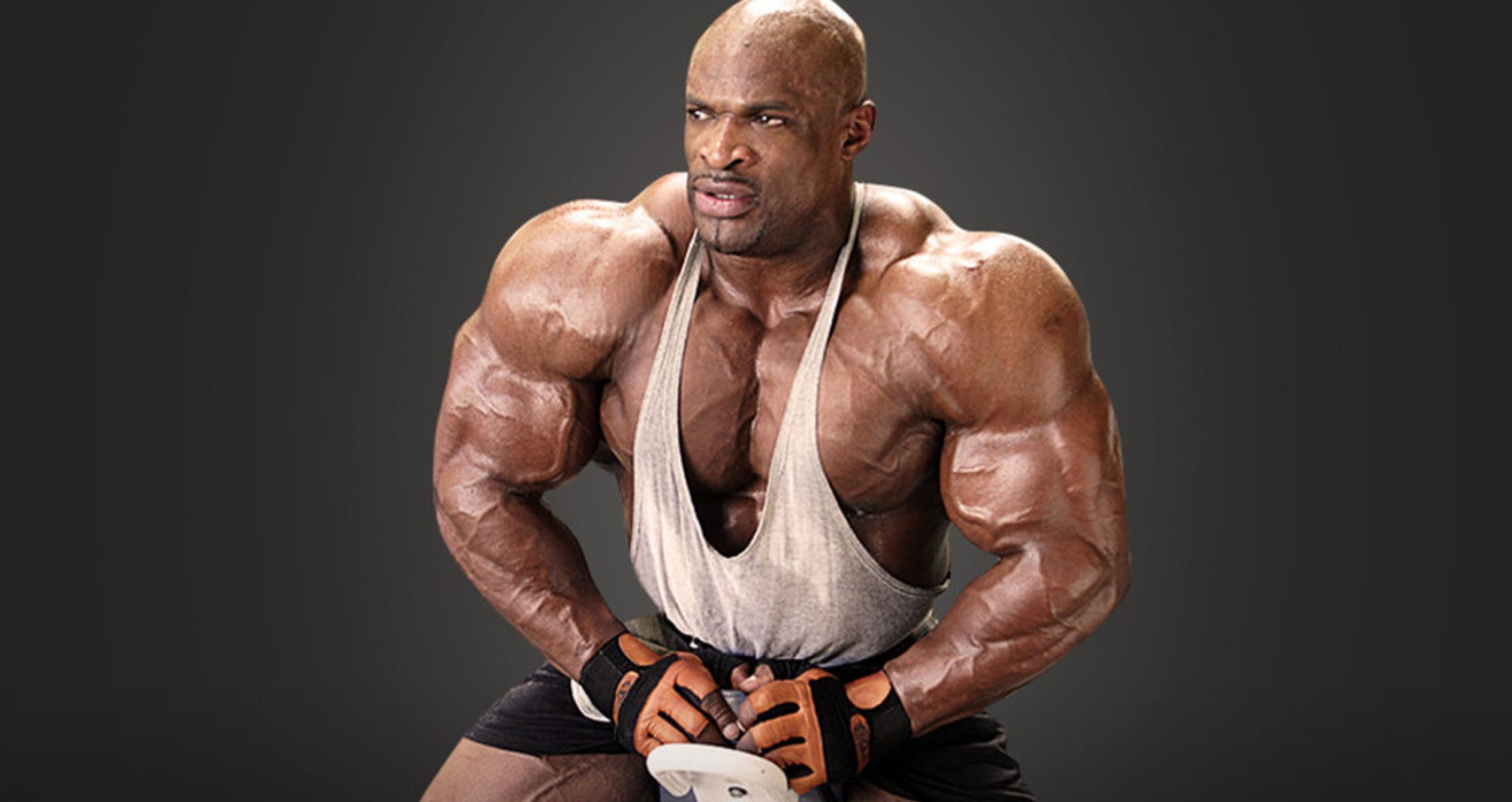Trap bar rows offer a unique way to engage your back muscles.
Row exercises are amongst the best ways to build strong, well-developed back muscles. While classics like pull-ups and pulldowns are effective, rows target your posterior chain muscles horizontally, adding overall thickness, strength, and a balanced aesthetic to your back. One potent variation is the trap bar row, which targets your back muscles and helps improve posture. Similar to bent-over rows, this movement uses a trap bar as the free weight, offering a unique angle for muscle activation.
In this article, we’ll detail the trap bar row, covering its key benefits, the muscles it targets, and a step-by-step guide to help you execute it with proper form for maximum results. Additionally, for athletes or anyone looking to shake up their back workout, we’ll provide alternative exercises to keep your routine fresh and effective.
Technique & Muscles Worked
The trap bar row is a compound exercise that primarily targets the back muscles such as the trapezius, latissimus dorsi, rhomboids, erector spinae, and lower back. It also engages the shoulders, biceps, and forearms. The core muscles activate during this exercise to maintain balance, stability, and proper form.
What makes the trap bar row so unique? Well, instead of using a barbell or dumbbell to do a bent-over row, the trap bar row provides the necessary stability of using a single piece of equipment while keeping the weight in its proper place. Also, with a trap bar, you can vary your grip to target your muscles better than a barbell.
When performing this exercise, you must avoid rounding your back in the bent-over position and keep it flat. Also, avoid using momentum and always focus on controlling the weight. If this means using lighter loads to get the proper movements, you should try that.
One mistake that tends to happen during this exercise is overusing the biceps and limiting the action in the back. Instead, drive your elbows in with the trap bar towards the mid-section instead of taking it towards your chest. This will help recruit more back muscles, and you’ll get less activity from the arms. Below’s a step-by-step guide on correctly doing the trap bar row exercise.
- Stand inside the trap bar and keep your feet at shoulder-width length.
- Hinge at your hips, bend your knees slightly until your torso is almost parallel to the floor, and grab the bar with a neutral grip.
- Your starting position is to brace your core, keep your feet firmly planted on the floor, and maintain a neutral back.
- Next, take a deep breath and begin the movement by slowly pulling the trap bar towards your midsection while squeezing your lats (make sure your elbows are behind your body while retracting your shoulder blades).
- Pause for one to two seconds, then slowly and controlled return the bar to the starting position.
Benefits
The trap bar row isn’t too familiar in the bodybuilding community, but it’s similar to the bent-over rows and, if done right, will build solemn muscle mass. In a study outlining different row variations, bent-over rows built the back muscles more effectively (1). Here are some benefits of doing trap bar rows.
Build the Upper Body Muscles
The trap bar row effectively works the upper body muscles, targeting the back, arms, and shoulders. Over time, this allows you to perform functional movements better and lift heavier.
Activates the Core
Midsection integrity is key when performing this exercise. The core muscles help with balance, stability, and proper form. Ultimately, trap bar rows strengthen the core, improving the quality of exercise, reducing injuries, and allowing you to train safely and confidently.
Improve Body Posture
The trap bar row is primarily a back-building exercise. Regularly doing this exercise strengthens your back muscles, adding width and an aesthetically pleasing feel to your back. It also helps improve your posture and gives you the confidence to do daily activities.
Better Range of Motion
A trap bar allows performance with different grip styles during training. Using this equipment can help improve your range of motion and hit target muscles better.
Improve Your Form for Other Routines
This exercise builds and strengthens your arms, posterior delts, and back muscles. A muscular back improves form in other advanced exercises like deadlifts and squats. A well-developed back also allows you to lift heavier objects with a low chance of injury.
Trap Bar Row Alternatives
The trap bar row effectively builds your back and other upper-body muscle groups. However, varying your exercises can help you develop muscle and strength. Here are some alternatives.
Trap Bar Deadlifts
Deadlifts are weight training exercises that build massive muscle mass in the back. They also work the hamstrings, core, lower back, glutes, and shoulders. This exercise increases overall strength and power while improving grip strength.
Wide Grip Pull Ups
Wide-grip pull-ups are done using a bar slightly wider than shoulder-width. This method focuses more on the back muscles. Like the trap bar row, it also works the shoulders, core, and biceps. You can use a resistance band or weight vest to increase muscle hypertrophy for extra resistance.
Lat Pulldowns
Lat pulldowns primarily work the lats and other upper back muscles. A wide grip for this routine activates the back muscle more (2). You can also do this exercise using a cable machine.
FAQs
What does the trap bar row work?
The trap bar row works primarily on the rhomboids, lats, traps, erector spinae, and lower back. It also works the shoulders, arms, core, and forearms. This exercise routine is effective for improving grip strength.
Is the trap bar row a back exercise?
The trap bar row is primarily a back exercise, just like any other row exercise. It works both your upper back and lower back muscles. You can use it to build strength and muscle mass in your back.
How do you do a trap bar row?
The trap bar row has a similar approach to a bent-over row. However, the exception is using a trap bar instead of a barbell. To do the trap bar row correctly, check out this exercise guide for detailed instructions.
Follow Generation Iron on Instagram, Facebook, and Twitter for more exercise guides!
References
- Fenwick, C. M., Brown, S. H., & McGill, S. M. (2009). Comparison of different rowing exercises: trunk muscle activation and lumbar spine motion, load, and stiffness. Journal of strength and conditioning research, 23(2), 350–358. https://doi.org/10.1519/JSC.0b013e3181942019
- Andersen, V., Fimland, M. S., Wiik, E., Skoglund, A., & Saeterbakken, A. H. (2014). Effects of grip width on muscle strength and activation in the lat pull-down. Journal of strength and conditioning research, 28(4), 1135–1142. https://doi.org/10.1097/JSC.0000000000000232








